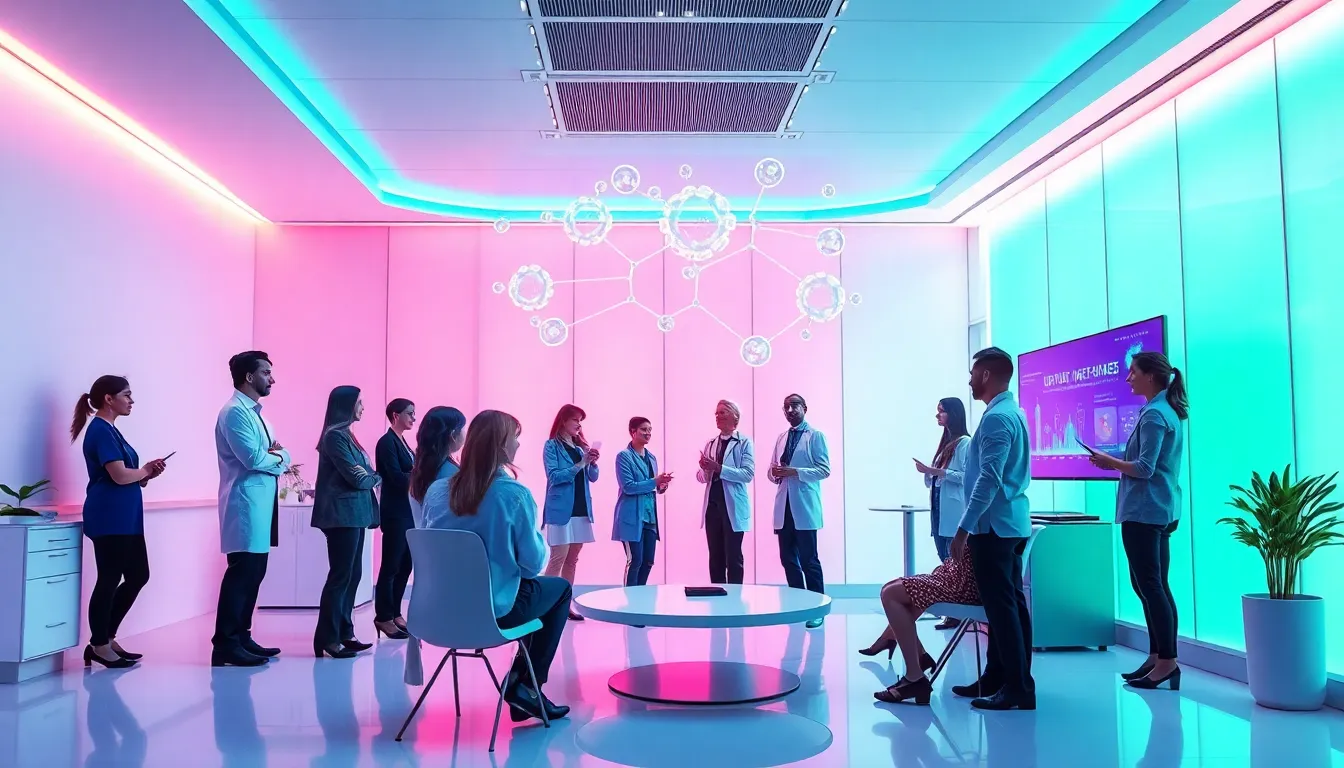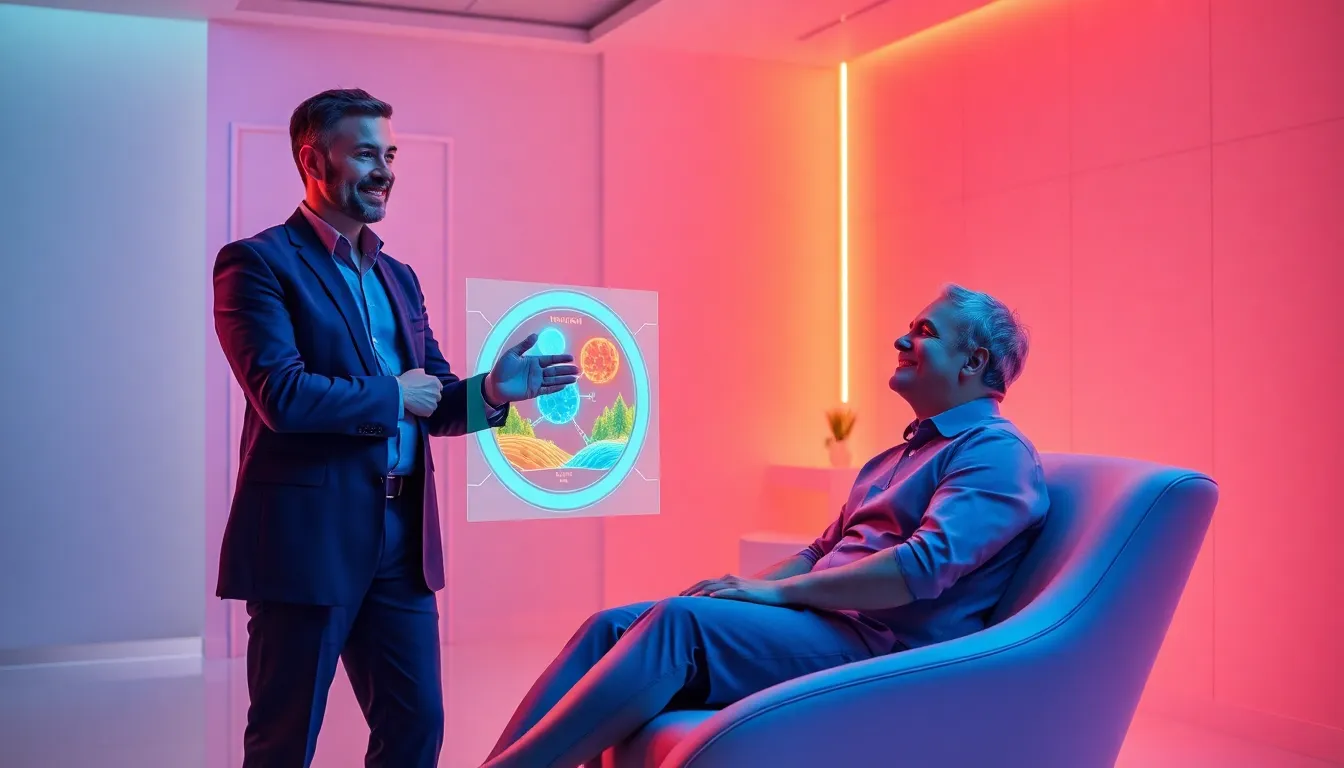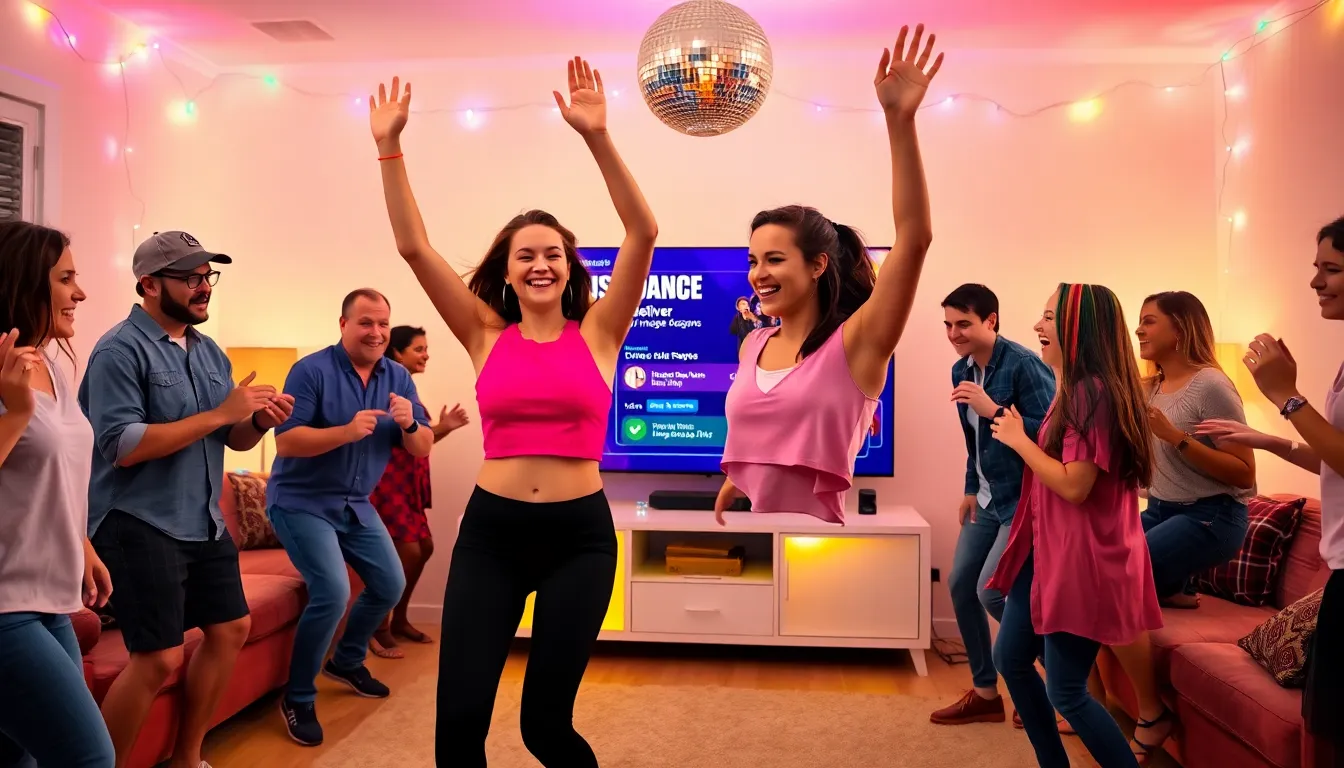Imagine a world where glowing, neon technology could revolutionize injury recovery. Intrigued? You should be. Virtual neon isn’t just a trendy buzzword: it’s poised to enhance the way we understand and use injury hormones. This article delves into the science, benefits, and future applications of virtual neon technology, bringing light to an otherwise complex topic.
Table of Contents
ToggleUnderstanding Virtual Neon Technology

Virtual neon technology merges cutting-edge visuals with innovative health solutions. This tech provides a simulated environment where light enhances various therapeutic processes. The principles behind virtual neon are rooted in biotechnology and digital representation.
Imagine stepping into a room lined with vibrant neon lights that pulse in sync with your ambitions. It’s not just aesthetics: incorporating visuals like this can profoundly impact healing by making the experience more engaging. Clinicians are leveraging these technologies to create immersive experiences for patients, aiding in motivation and recovery.
The Science Behind Injury Hormones
When injuries occur, the body releases hormones like cortisol, adrenaline, and endorphins. These hormones play crucial roles in the body’s response to stress and pain, fundamentally shaping the recovery process. Cortisol, for instance, triggers the fight-or-flight response, mobilizing energy reserves. In contrast, endorphins mitigate pain and promote well-being, acting almost like the body’s natural painkillers.
Understanding how these hormones interact with the body can help in designing effective recovery strategies. With virtual neon technology acting as a catalyst, it becomes possible to enhance hormone release during rehabilitation, eventually hastening recovery.
Benefits of Harnessing Injury Hormones for Wellness
Harnessing the power of injury hormones can lead to numerous wellness benefits. For starters, optimized hormone levels can improve mood, reduce stress, and enhance overall mental health. Integrating these hormonal responses with virtual neon experiences can amplify their effectiveness.
Consider a patient undergoing physical therapy after a sports injury. Engaging with virtual neon environments that stimulate positive emotional responses can boost endorphin levels. This not only alleviates pain but also encourages a more proactive attitude towards recovery, after all, a positive mindset can make all the difference.
Virtual Neon Applications in Injury Recovery
Virtual neon technology is finding applications across various fields, particularly in injury recovery. From physical therapy to psychological healing, the luminous aspects of virtual neon can enhance patient experiences. For example, virtual environments that simulate outdoor activities can encourage patients to visualize their recovery in dynamic and engaging ways.
Various studies indicate enhanced patient outcomes when therapies integrate virtual realities. By providing distractions and encouragement through visually stimulating settings, patients often report lower levels of pain and higher satisfaction with their recovery process.
Impacts on Physical and Mental Well-Being
The fusion of virtual neon technology and hormonal wellness also has substantial impacts on both physical and mental health. Physically, enhanced hormone function can lead to faster healing and improved strength. Mentally, immersive environments can reduce anxiety and improve motivation.
For instance, a controlled study illustrated that patients exposed to stimulating visual environments reported less anxiety and pain during rehabilitation. These experiences foster resilience and a more positive mindset, allowing patients not only to endure but thrive through their recovery.
Future Trends in Virtual Neon and Hormonal Wellness
Looking ahead, the potential for combining virtual neon technology with injury recovery strategies is vast. Innovations in this area could revolutionize how therapies are delivered. Imagine personalized virtual neon sessions tailored to individual hormone responses or recovery needs, engaging patients in unprecedented ways.
As technology evolves, collaboration among tech developers, healthcare professionals, and researchers will be crucial. The future could see wearable devices that monitor hormonal responses in real-time, integrating seamlessly with virtual environments to create adaptive healing experiences.



